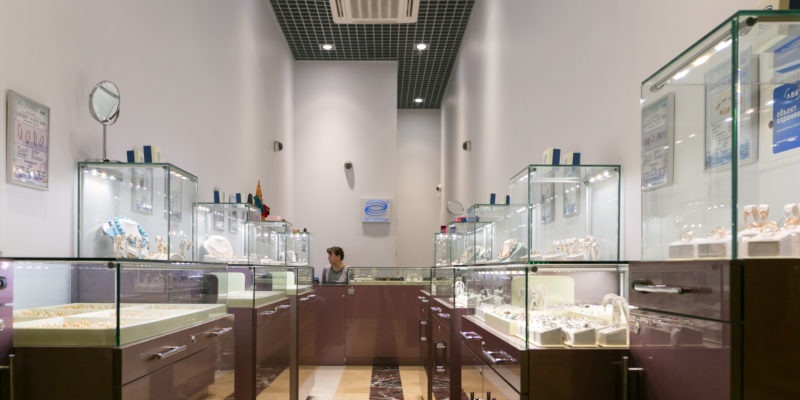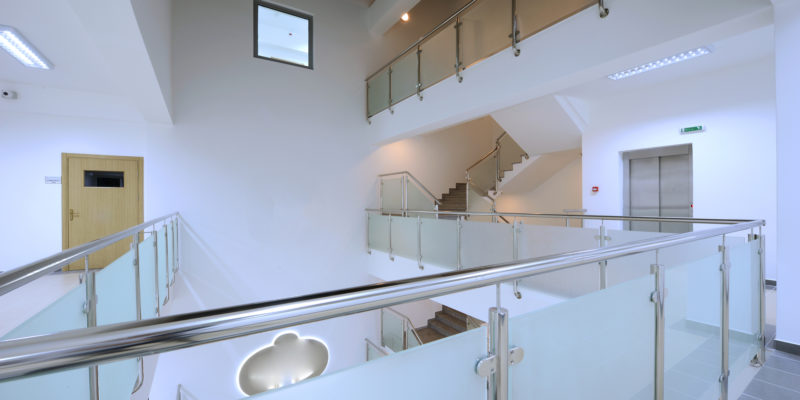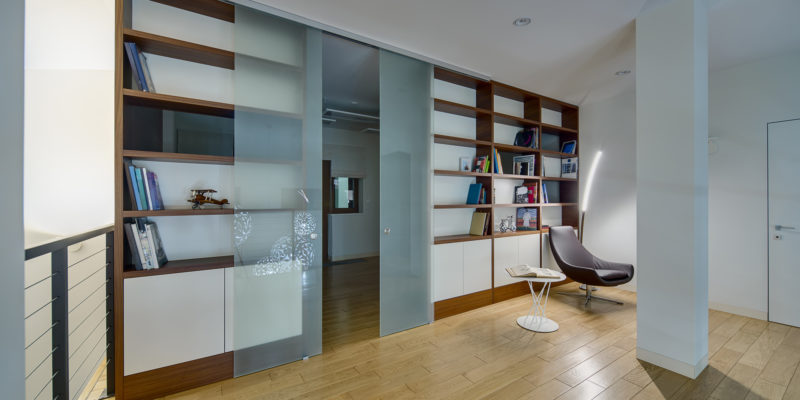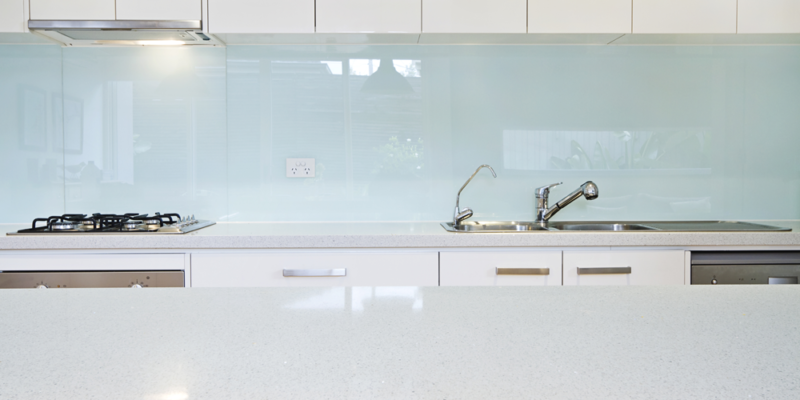The process of UV bonding is a relatively new one but one that is growing in popularity. It has some fantastic advantages over other methods, including the finished appearance and the ease of the process.
In this post we’re going to look at the ins-and-outs of UV bonded glass, discussing how it works, where it is most commonly used and why so many people are choosing it as their preferred method.
What is UV Bonding?
UV bonding is a way of joining two pieces of glass together. It uses a special adhesive or glue that ‘sticks’ the glass together and eliminates the need for extra screws, bolts or fixings. The ultraviolet element of the name comes from the curing process; once the special adhesive is in place, it is then ‘cured’ under a UV bonding light.
This adhesive process is popular because it is incredibly secure. In fact, it often leaves a join that is stronger than the glass itself. It is also attractive: the adhesive is transparent, and should appear almost invisible on the panes of glass.
UV bonding is one of the most popular ways to bond glass. A predominant reason for this is down to the durability of the bond: it is so strong, and it lasts such a long time. Of course another reason is the sleek finish it gives. It is easy to control and should always create a clean, clear join.
The final reason it is so popular is that the UV bonding process has many versatile uses, not just for joining glass to glass.
How Does UV Bonding Work?
UV light bonding glue is sometimes referred to as liquid glue. This is because it stays liquid for prolonged periods, and is stable at room temperature. In fact the only thing that can ‘activate’ it and make it dry to form a bond is exposure to a UV bonding light.
This process works because of the intensity of UV light. When a UV glass bonding light is shone on the adhesive, it creates a chemical reaction within the glue. This causes the adhesive to harden, which in turn forms the bond. This process is called ‘curing’.
The whole procedure can be completed very quickly. Applying the light for as little as 3 seconds can create a durable, robust bond that lasts. Alternatively, you can leave it for longer to make it more secure, or even apply a second layer to create an unbreakable bond. You may also need to leave it on longer depending on the wattage of the UV glass bonding lamp you use and the thickness of the glass.
The stability of the compound and the specific conditions needed for the UV liquid glue to cure, makes this technique much simpler and more reliable than other methods such as drying. In other bonding methods, the adhesive is cured by evaporation. This process is massively unpredictable and can be easily affected by a number of variables, including temperature and humidity.
In comparison, UV bonding allows you complete control of the curing from start to finish. This is one of the reasons it gives such good results.
The speed and the control that the process allows also means that it gives very consistent results. When the best results are strong, stable and sleek joins that stay secure and look great, this consistency is a brilliant bonus. It’s a technique that promises optimum quality. You can always trust your UV bonded glass will last a long time and look lovely for the entire duration of its life.
What is UV Bonded Glass Used for?
Most types of glass can be bonded using a UV bonding liquid. The only real requirement necessary for the glass is that the surface of it is very flat, very bright and very polished. If these conditions are met, you should be able to create a formidable, unbreakable bond using UV bonding liquid glue.
And it doesn’t just work to secure glass against glass. You can also use this technique to attach wood, plastic and even metal parts such as legs, hinges or handles to glass as well.
The crystal clear, robust and strong joins make it well suited to the construction of items that are more often seen to be made from wood, fixed with durable screws. For example the UV technique is commonly used in the creation of glass furniture from small to large scale items such as:
- Coffee tables or desks
- Display cabinets
- Shelving units
It is also perfect for use in making modern, minimalist and stylish accessories such as umbrella stands, magazine racks and ornaments.
Of course, you don’t have to be constrained by the clear finish that UV bonding provides either. The adhesive makes a completely flush surface that can be sanded down and covered, decorated or even painted with ease. There is nothing stopping you from giving a bonded surface a beautiful, unique, decorated look.
This technique excels in the construction of glass display cabinets and trophy cabinets. The transparent joins allow the maximum possible light to get in, ensuring display items are always shown to their best advantage. Even better, the clean lines only enhance the intricacies of the items contained within. When combined with an opaque base or back to the case, these cases can also provide a gentle diffusion of natural light which will further flatter their contents.
In the creation of display cabinets, you can also use this process to attach locks, hinges and runners. Again, you can trust in the security that these additions will provide when they’re attached to the cabinet by UV bonding: impossible to remove without breaking the glass, they keep any contents safe and secure, while displaying them clearly and attractively..
The final main use for UV glass bonding is in architecture. The strength of the bonds mean they are well suited for use in the construction of staircases, balconies and doors. Designed in glass, these features can enhance any interior and turn it into a modern, stylish space.
Using UV activated adhesive, is one of the most popular ways to bond glass. With it’s long life and clean look, we suspect you will now see why so many people choose it.




